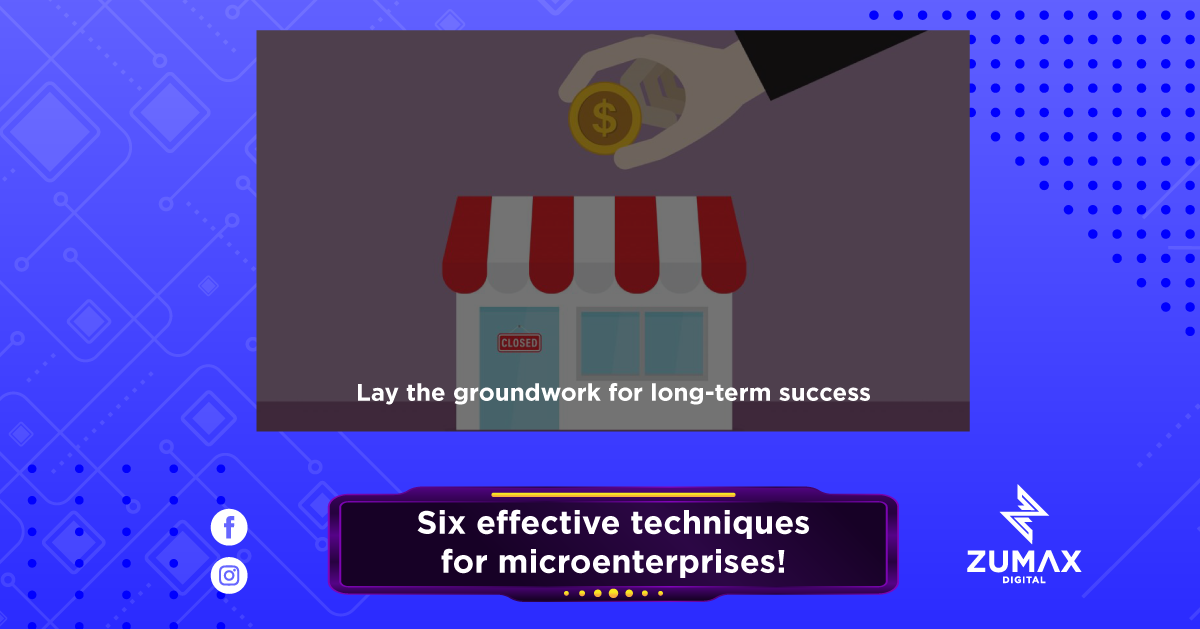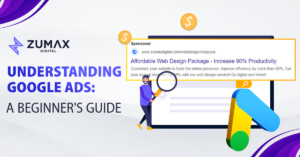There are so many small company marketing tactics available that it’s difficult to know where to begin. You’ll need some well-defined and tested strategies, from identifying your target audience to communicating the benefits of your products and services.
You’ll probably want to go through these in order, as each marketing plan builds on the one that came before. This will assist you in optimising your strategy and maximising your return on investment.
The first marketing approach is to clearly define your ideal consumers.
- You’ve probably heard that half the fight is understanding your consumer when it comes to sales. However, what does truly knowing your consumer entail?
- Your ideal consumers are those most likely to make a purchase of your products or services. This entails establishing “ideal consumer profiles,” which requires some probing questioning.
- You might begin by identifying essential demographics. This may include their age, marital status, employment, geographical location, and financial situation, among other things.
- For instance, you may choose to categorise business clients as follows:
- -People employed by organisations of varying sizes
-Experts in certain industries and niches
-Roles with varying degrees of seniority
Your segmentation strategy is determined by the sort of business you operate, the products and services you provide, and the degree to which your offers satisfy client demands. - The greatest marketing software and tools for identifying and segmenting your target consumer, including social media statistics on Facebook, Instagram, Twitter, and LinkedIn.
- Marketing data from firms such as IBISworld, Ciense, or Mintel CRM software, allowing you to compile profiles on current leads and customers.
The second marketing approach is describe the features and benefits of your product.
- You must establish an emotional connection with your target clients. This entails establishing a connection with your business and brand via the things you sell. To do so, you’ll need to understand the product’s worth and benefits.
- A product’s worth is determined by what your product does for individuals. It is the solution to a problem, the fulfilment of a need, or the creation of an experience. A benefit is anything your consumer receives as a result of purchasing or using your product. It is the reason customers select your items over those of your rivals.
- To ascertain what those values and advantages are, consider the following:
- What benefits do my consumers receive from my products?
What distinguishes my product?
Why is it that a rival is unable to give this to these customers?
How does my product provide value to their lives?
What kind of experience do individuals have when they use my product?
To assist in answering these questions, go to the ideal customer profiles you generated previously. - After defining your product values, connect each one to your ideal customer profiles. Identify the critical demands or issues that each profile has and demonstrate how your solution might assist them.
- These advantages will serve as the foundation for your marketing communications. They will demonstrate to the consumer that “you understand it” and that your products and services are capable of meeting their demands.
The third marketing approach is discover the best marketing channels for reaching your customers.
You must meet your clients where they are and utilise the appropriate channels and message formats to capture their attention. We already discussed marketing channels in our Marketing 101 primer. The following is a review of the primary internet marketing channels and how to use them.
- Pay-per-click (PPC) advertising: Displays advertisements for your products and services when users enter relevant search terms in a search engine. PPC directs visitors to your small business website when they conduct searches relating to your business offers.
- Display advertising: Distributes text and video advertisements across several websites that are relevant to your brand. Display advertising is ideal for capturing the attention of visitors who are visiting comparable sections on other websites.
- Social media marketing: Places advertisements in users’ newsfeeds on social media platforms like as Facebook, Instagram, Twitter, and LinkedIn. Due of the amount of time individuals spend on social media, this might be an effective approach to contact them.
- Material marketing and search engine optimization: Creates content for your website and other channels in order to improve your organic search ranking. Content marketing is beneficial if you’re releasing instructive and informative stuff for your clients.
- Markets to those who have subscribed to your email list. Email marketing enables you to distribute communications that provide useful advice, alternative opinions, intriguing research, and other types of content.
Go through your ideal customer profiles and identify the most appropriate channels and types of messages for each one. From there, you can craft specific small business marketing strategies based on each channel, profile, and product benefit.
The forth marketing approach is create marketing and content that will resonate with your customers.
After you’ve identified your target customer profiles, product benefits, and marketing channels, it’s time to design the messaging. You might wish to concentrate on the following:
- Messages that clearly identify a customer’s trouble areas but speak positively about them.
- Messages highlighting the advantages and benefits of your products and services, as well as the ways in which they may help customers solve challenges.
- Messages that avoid making too many assumptions about the benefits of your item; remain practical, and keep each message focused on a single feature, benefit, or consumer requirement.
- A tone of voice that is consistent with the marketing platforms you are utilising and demonstrates that you truly understand your consumers
- A message format that is compatible with the marketing platforms you are utilising a unified storey that connects all of the messaging and establishes your brand as an expert
Once completed, demonstrate your messaging to a small sample of consumers and solicit feedback. You may notice that individuals respond more positively to certain messages than others, which provides insight into what resonates most with them.
The fifth marketing approach is carry out your marketing campaign
- We’ve already accomplished a significant portion of the work required to conduct a successful campaign:
- The ideal customer profiles help you understand who your consumers are.
You are aware of the precise product benefits and features that will meet the demands of your customers.
You’ve found the most effective ways for reaching your clients where they are.
You’ve developed some effective and convincing marketing messaging.
Advertisement - There are just a few things left to discuss: now determine how much money you want to spend on small company marketing. You can allocate this cash to various campaigns and marketing platforms.
Then, make a list of:
- This campaign’s target consumer profile
- The specific themes that will resonate with that consumer
- The channels via which you will distribute those messages
- The timetable for when you want to send those messages
- That’s it; your small company marketing strategy is finished. It’s time to get to work!
The sixth marketing approach is keep track of what works and make changes as needed.
- You’ve begun implementing your small company marketing plan, but you’re not finished yet. It’s now time to monitor the outcomes and make modifications as needed.
- Make sure you have excellent marketing analytics in place, such as:
- Following on social media
Visits to websites
Leads and interest
Sales and conversions
Profits and revenue
Return on investment from a marketing campaign (ROI)
These KPIs should be segmented in a variety of ways, including marketing channel, consumer persona, message type, and other factors. Check to see whether they can answer the following questions: - What are the most effective small company marketing channels?
What are the most effective small company marketing strategies?
Who is making the switch?
What messaging is most effective with your customers?
Are you contacting them through the appropriate digital channels?
These stats will show you what is and isn’t functioning. You may put this knowledge to good use by making modifications. Then, monitor how those adjustments affect your income and conversions, and fine-tune as required. This allows you to optimise your marketing efforts and maximise your ROI. - We hope you found this information useful. We’ve addressed the small company marketing methods at the heart of a successful campaign in this guide. You know who your consumers are based on ideal customer profiles; you’ve established how your goods will assist; and you know how to reach out to them using messages and channels that are relevant to their requirements.
It’s finally time. Begin with these small company marketing methods to lay the groundwork for long-term success.





